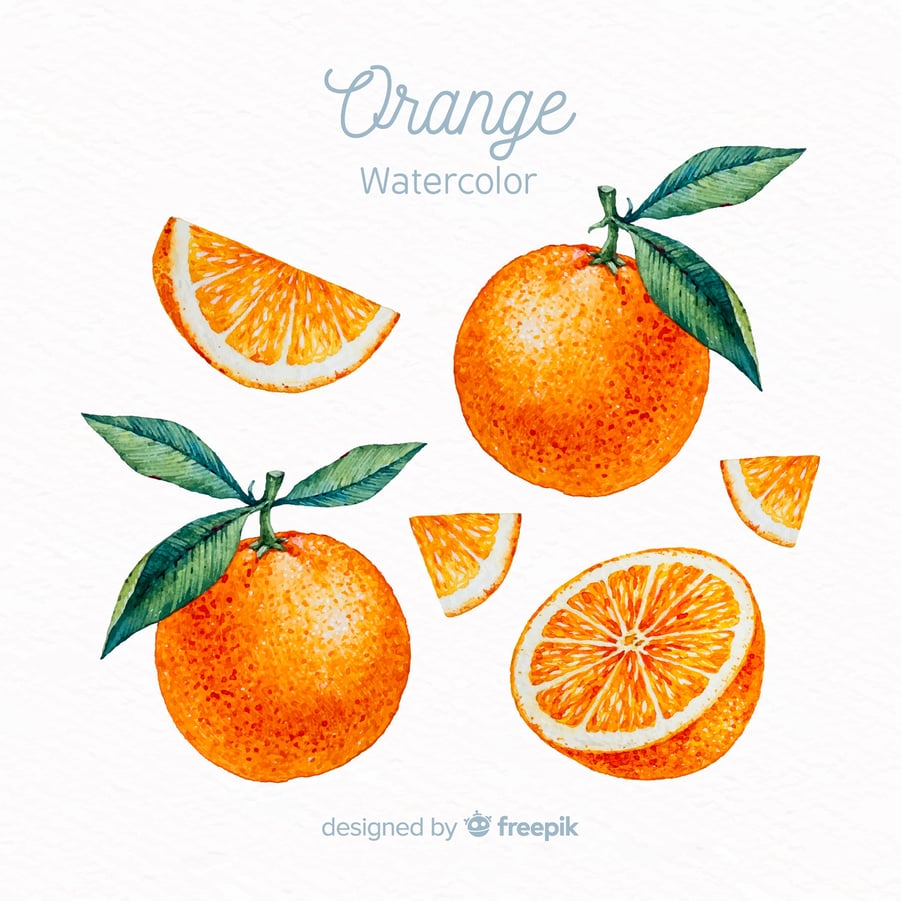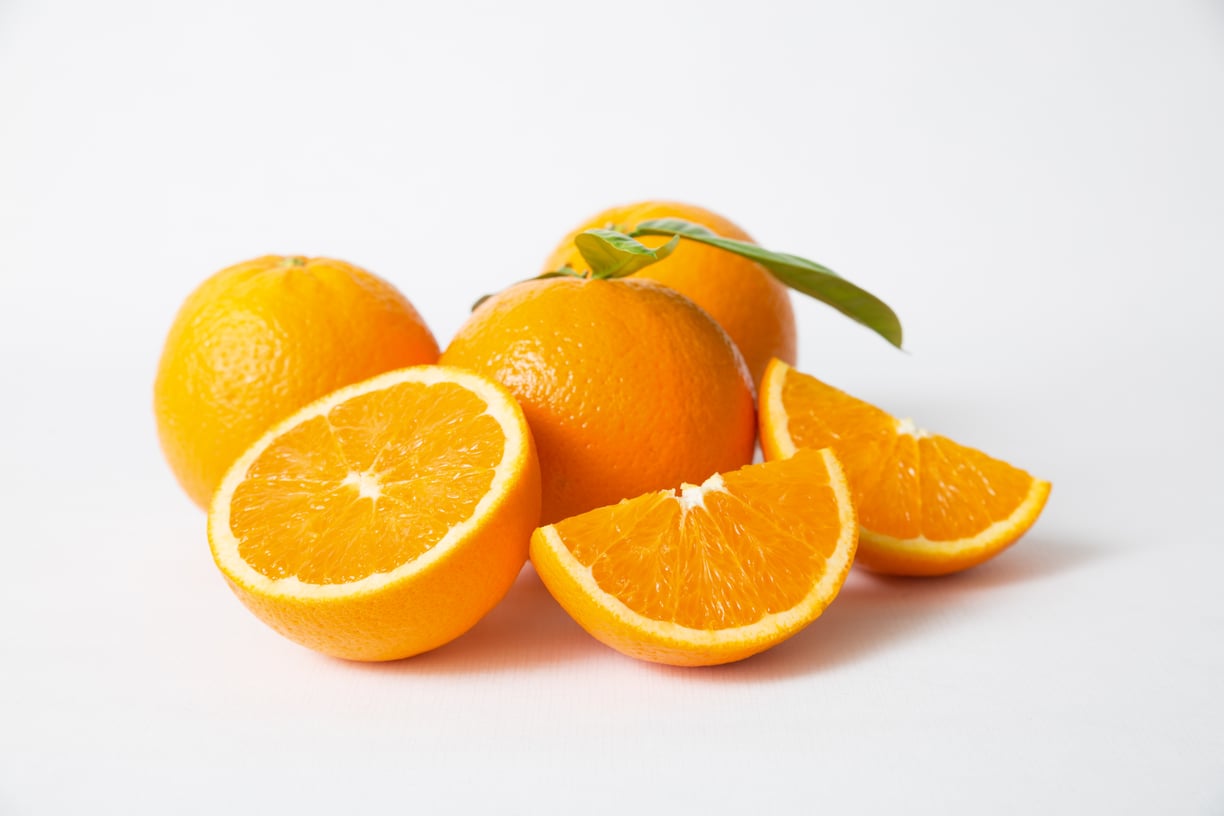Orange
The color orange is named after the orange fruit. Before orange made its way from China to Europe, yellow-red was called simply that: yellow-red, or even just red. Orange peel can be used by gardeners to sprinkle over vegetables as a slug repellent. Oranges are the largest citrus crop in the world. Brazil is the leading
HEALTHY & FUN FRUITY FACTS


Orange
•The color orange is named after the orange fruit. Before orange made its way from China to Europe, yellow-red was called simply that: yellow-red, or even just red.
•Orange peel can be used by gardeners to sprinkle over vegetables as a slug repellent.
•Oranges are the largest citrus crop in the world.
•Brazil is the leading orange-producing country in the world while Florida and California together produce nearly 25 billion pounds of oranges each year!
•Florida oranges may be greener than California oranges because the night temperatures in Florida are warmer, which causes more chlorophyll to migrate into the peel; they are still ripe and sweet though.
•There is more fiber in an orange than in most other fruits and veggies.
•Technically the orange is a berry called hesperidium, indicating that the fruit has sections and grows on evergreen trees.
•The peels of oranges contain essential oils that are used in aromatherapy, cleaning products, and cooking.
•Contrary to what most of us think, this fruit was not named for its color. Instead, the word orange comes from a transliteration of the Sanskrit 'naranga', which comes from the Tamil 'naru', which means "fragrant!"
•The peel of an orange fruit has four times more fiber than the actual fruit. There are also a significant amount of antioxidants in the peel too. You can get some of those benefits by grating some peel into your next meal. Wonder if candied peels count too?
•In sub-tropical growing regions (like Brazil, the country that grows the most oranges in the world) there are never temperatures cold enough to break down the chlorophyll in the fruit's skin, which means it may still be yellow or green even when it's ripe. But because American consumers can't fathom such a phenomenon, imported oranges get treated with ethylene gas to get rid of the chlorophyll and turn them orange.
•This also means that Florida oranges tend to be yellower than California oranges, because they're grown further south.
•Orange peels have over four times the amount of fiber of the actual fruit. It also contains more antioxidants than the actual fruit. The only downside is that it’s difficult to find a way to eat it. The best way is to grate it up like cheese into an orange zest. You can use that to season all sorts of foods. This is how they make orange chicken in Chinese restaurants. Not bad for a part of the fruit that almost everyone simply throws away.
•If you plant a single orange seed, you’ll probably get more than one plant from it.
•Some oranges-mainly those grown in tropical areas of land-are green and/or yellow in color


